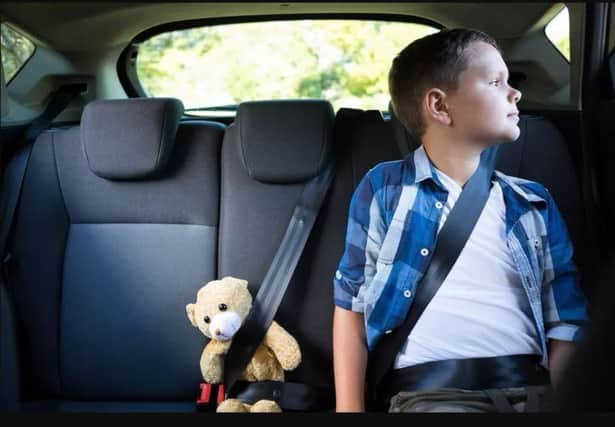When should you worry about your child's attachment to comfort items?


Many parents will feel a twinge of concern if their five-year-old can’t sleep without his dummy or their teenager refuses to throw out the tattered blanket she’s had since she was a baby.
The topic of comfort objects is hotly debated, with some arguing that the attachment to objects from babyhood is childish, unnecessary or even harmful. So when should you worry about your child’s reliance on comfort items?
Advertisement
Hide AdAdvertisement
Hide AdAnd how can you encourage them to let go? The truth is that even adults have attachment objects. How many get comfort from a favourite jumper? Or hoard treasured objects from loved ones without second thought?
After all, a third of adults admit they can’t bear to part with their own moth-eaten childhood toy. A need for comfort is part of being human, and comfort objects remind us of feeling calm, secure and loved. Babies are born wanting to be held close.
They spend months cuddled and swayed, knowing someone will help soothe their needs. This helps them build feelings of secure attachment to a parent and confidence to go out into the world. And one day they must make that journey – whether to childcare, school or even just across the room when they start to crawl.
A parent can’t always be there to comfort them, but something that reminds them of that security can – a comforter, or, in scientific terms, a “transitional object” that bridges a link between a new situation and the comfort of home.
Advertisement
Hide AdAdvertisement
Hide Ad